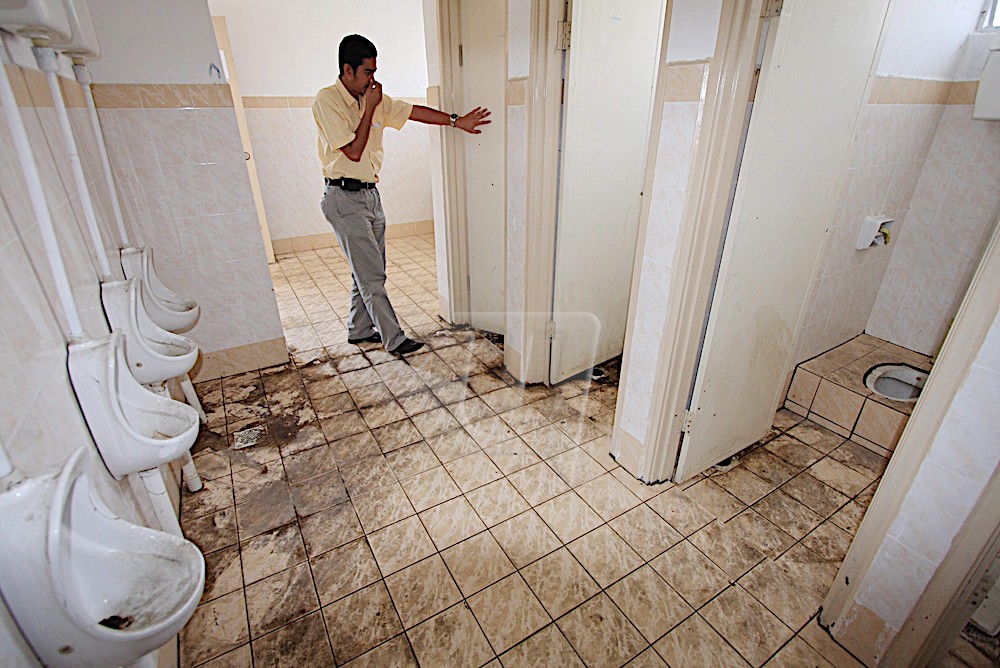Stepping into a Malaysian public toilet can feel like a gamble – either a welcome relief or a horror show you never signed up for. Despite decades of campaigns and millions spent, the country still struggles to shake its reputation for filthy, foul-smelling facilities.
In 2016, Nur Imani Abdullah from the Water and Energy Consumer Association (WECAM) pointed out that many Malaysians avoided public toilets altogether because of poor hygiene. She criticised users who treated toilets as someone else’s responsibility:
The cleanliness of public toilets reflects the civilisation of a society. Dirty toilets show that the public are less concerned with hygiene and are irresponsible in maintaining the cleanliness of public facilities. – Nur Imani Abdullah, representative from WECAM[1]
That was almost a decade ago. But has anything really changed, or does the stench of the problem still linger?
Flush Forward: A Timeline of Malaysia’s Toilet Troubles and Triumphs (2013-2025)
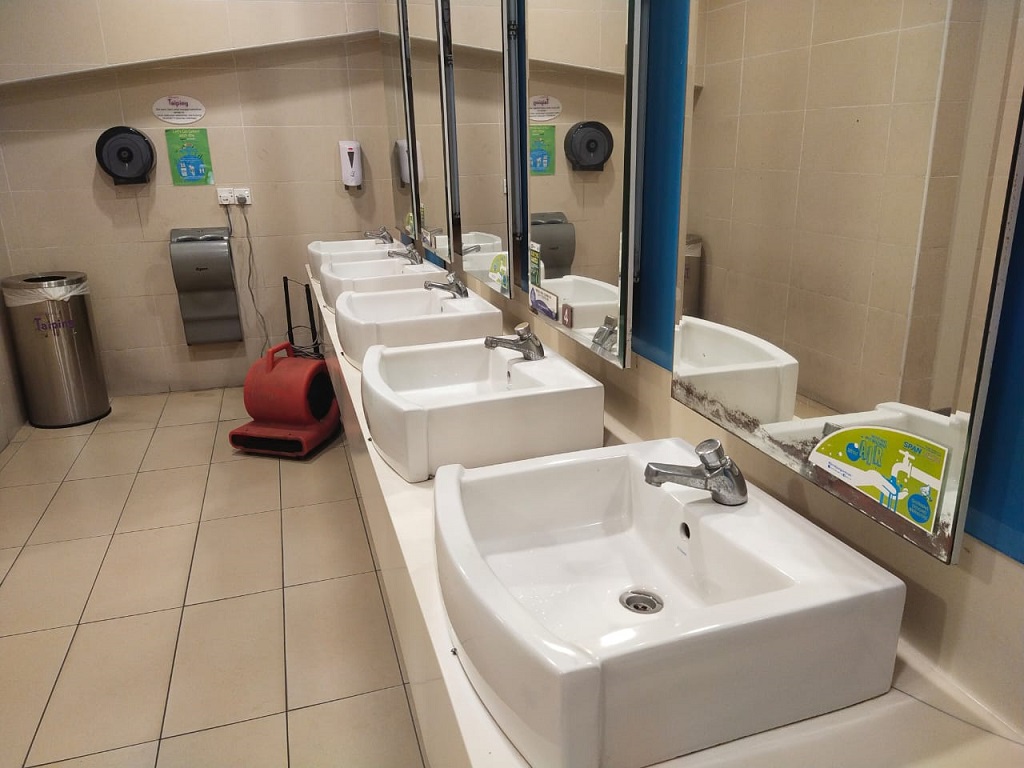
2013: The Local Government Department (JKT) inspected 10,257 public toilets and found that only 38.8% of public toilets rated three stars or higher, while over 10% were outright dirty.[2]
2014: Councils were required to conduct twice-yearly inspections and report to the Local Government Department (JKT). Campaigns like the 1Malaysia Clean Toilets Award and World Toilet Day were launched, with RM26.5 million allocated to upgrades.[2]
2016: WECAM once again raised the alarm, highlighting poor maintenance and a lack of public responsibility[1].
2019: A rare bright spot: four Malaysian toilets, including KLIA and Rantau Abang, won the Asian Public Toilet Standard Award. But even then, Prime Minister Dr. Mahathir admitted embarrassment over “filthy and smelly” toilets, blaming discipline, not laws. The Ministry of Housing and Local Government (KPKT) allocated RM30 million for upgrades[3, 4].
2022: Out of 26,081 toilets evaluated nationwide, one in five scored just two stars or below under KPKT’s Clean Public Toilets programme. The assessments covered restaurants, schools, petrol stations, and tourist spots. A separate study of KTM Komuter toilets in Kuala Lumpur painted an even bleaker picture: 12.5% of users described the bowls as “very dirty,” while 40.2% said the seats were dirty, mostly due to unflushed waste and litter[5, 6].
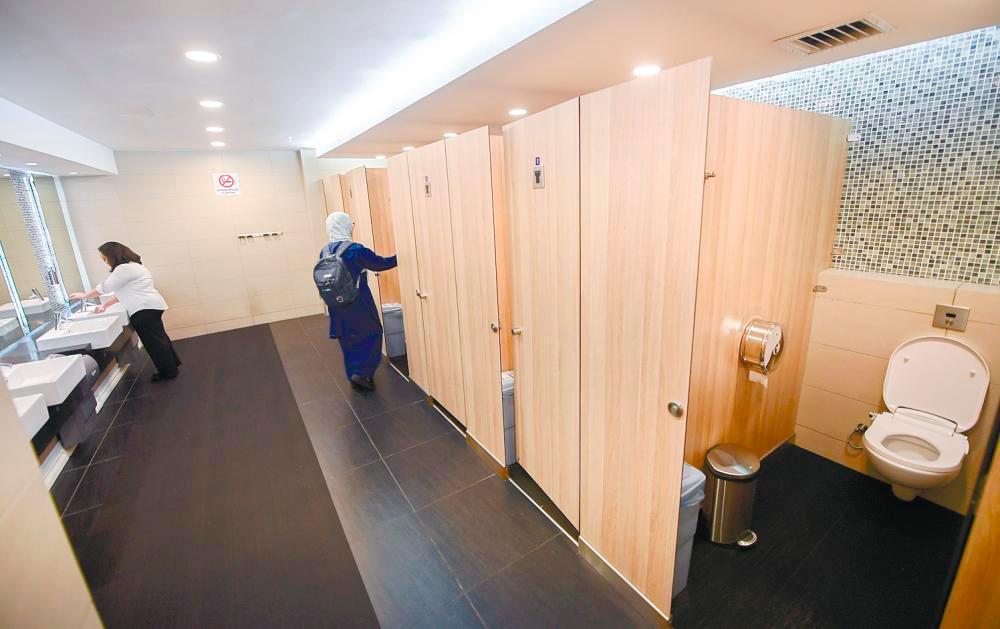
2023: Malaysia launched its vision for B.M.W.-grade toilets – Bersih, Menawan, Wangi (Clean, Attractive, Pleasant-smelling). Minister Nga Kor Ming urged all 155 local authorities to set up cleanliness monitoring units. The MyWC app was launched to help users locate, rate, and review toilets[5].
The first Toilet of the Year Award (TOTYA) recognised winners such as Toppen Mall, Elmina R&R, and The George, Penang[7].
In Taiping, inspection reports revealed only 32 of 361 toilets earned five stars, while 179 were rated two stars or below[8].
2024: The ministry reported that 11,000 public toilets had been upgraded in the last two years, costing RM800 million. New “BMW-i” toilets boasted automatic bidets, floor cleaners, and feedback systems. Another RM4 million was allocated for smart toilets in KL and Putrajaya.
Interest in TOTYA also grew, 625 entries compared to 345 the year before. Yet tourists still scored Malaysian toilets just five out of ten, complaining about wet floors, missing toilet paper, and poor maintenance[9, 10].
2025: In March, TOTYA became an annual event with RM160,000 in cash prizes and RM20,000 for each category winner. Around 12,000 toilets were upgraded nationwide, including 8,000 in schools, through a collaboration between the KPKT and the Ministry of Education.
RM4 million was also set aside to build four “six-star” smart toilets at major tourist spots ahead of Visit Malaysia Year 2026[11].
But despite the investments, upgrades, and awards, many toilets remain in poor condition. So, what’s still broken?
What’s Still Missing? Marissa Wong Weighs In
To understand what’s still missing, Wiki Impact spoke to Marissa Wong, the content creator and stand-up comedian behind the hit series “Mari Berak Bersama Marissa Wong.” With over 137,000+ TikTok followers and 28,000+ on Instagram, she’s built a loyal following by reviewing public toilets across Malaysia.
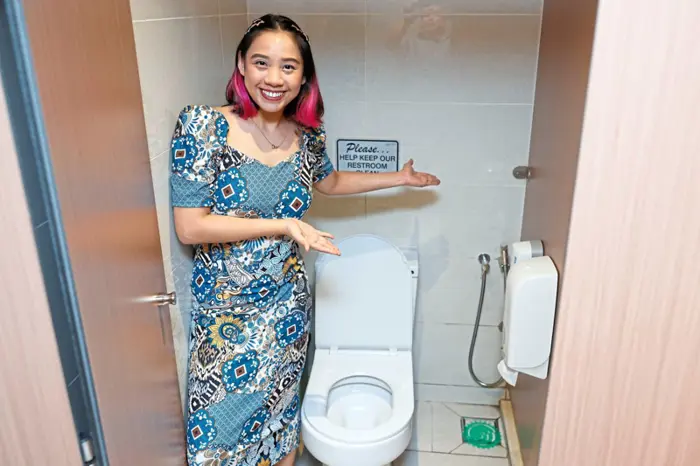
When asked if things are improving, Marissa gave a balanced answer:
It’s a yes and no. In areas like Kuala Lumpur, I do see change, especially in petrol stations and R&Rs. They’ve improved a lot, especially since people have started talking more openly about toilet hygiene. Maybe it’s because I have a platform now and people share their experiences more, but overall, yes, there’s been progress. – Marissa Wong
Still, many places fall short.
Some private places in KL still don’t care. Even places with premium prices for food can have terrible toilets. I also notice malls can be a mixed bag. Many are clean, but even big-name spots like KLCC don’t always meet tourist-level expectations. – Marissa Wong
School toilets are among her biggest concerns.
I think the worst toilets in Malaysia are in schools. I don’t usually review them because of privacy concerns with children, but I’ve been to many, and they’re very bad. Broken facilities, slippery floors, and no maintenance. Because students don’t complain and parents don’t see it daily, nothing gets fixed. – Marissa Wong
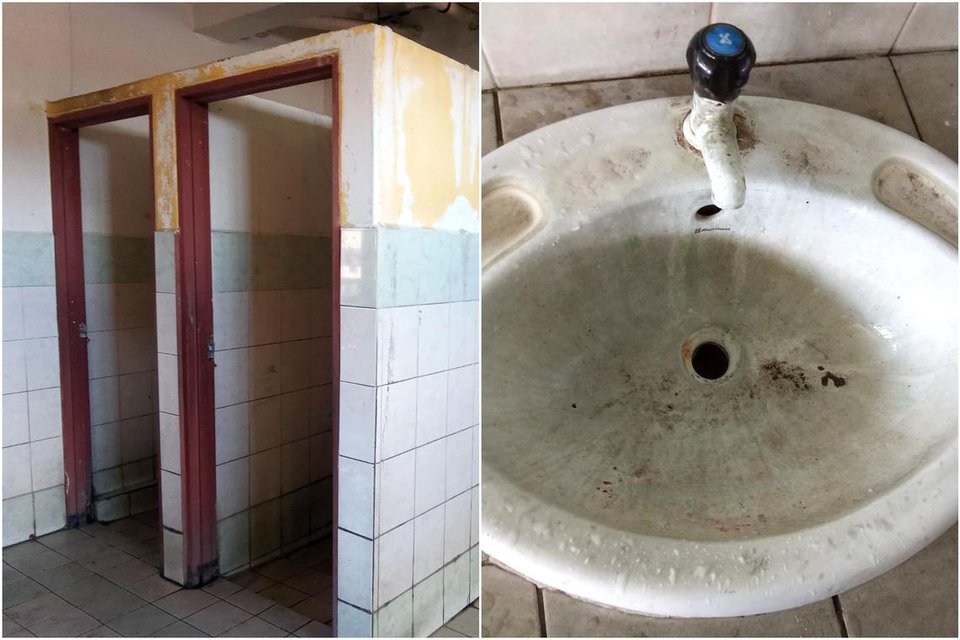
She added that the issue isn’t limited to schools. Universities, government clinics, and hospitals are also among places that often go unaddressed, mainly because users are either young, sick, or simply less vocal about their experiences.
Despite campaigns like the Clean Public Toilet Programme, B.M.W. standards, and the Toilet of the Year Award, she believes enforcement remains weak.
Awards and campaigns help. But there needs to be real accountability and spot checks, especially for schools and offices. Some areas just aren’t being looked into at all. – Marissa Wong
Beyond Aesthetics: When Upgrades Miss the Point
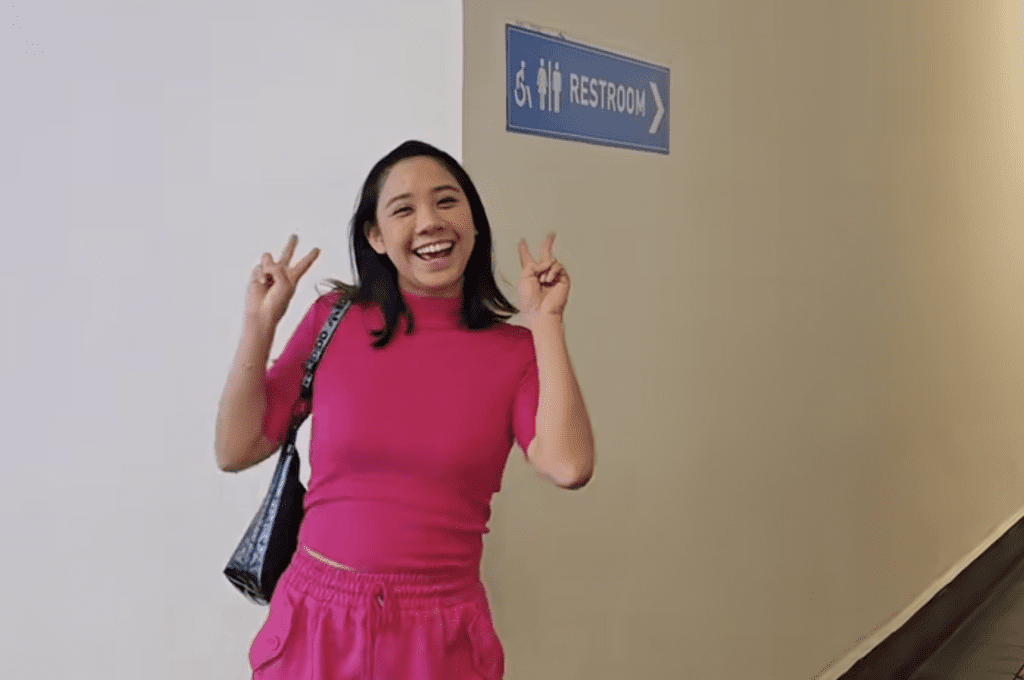
Marissa acknowledged that many malls have modernised their toilets with auto-flush systems, sensor taps, and smart features. But upkeep is the bigger problem.
A lot of automated taps or flush systems break down after a while. And no one fixes them. – Marissa Wong
She has seen malls spend heavily on décor while ignoring basics like ventilation and odour control. For her, prioritising aesthetics over functional hygiene defeats the purpose. Instead of over-investing in smart tech, she recommends focusing on the basics: working taps, proper lighting, strong ventilation, and sufficient toilet paper and soap.
The Real Issue: Maintenance
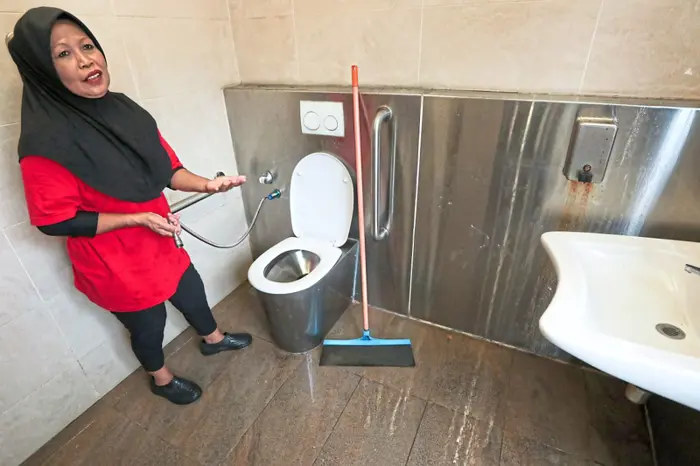
For Marissa, the real breakdown happens after renovations. Broken locks, low water pressure, and weak flushing systems quickly undo progress.
You need someone going in hourly to check if the tap is working, if there’s soap, if anything’s broken. – Marissa Wong
Regular inspections and supply checks, she argues, matter more than spending on upgrades alone.
What Needs to Change
Marissa outlined four key solutions:
#1: Shift public mindset: Hygiene should be seen as a shared responsibility across all public spaces, reinforced through schools, media, and public reminders.
The more people see and hear it, through schools, news, even radio, the more it becomes a social norm to keep toilets clean. – Marissa Wong
#2: Introduce a national feedback system: A QR-code-based reporting app could allow users to flag issues instantly.
You can scan a QR code at the toilet, just like we order food. Then report if something’s broken or dirty. – Marissa Wong
#3: Use clear signage: Simple reminders can change behaviour.
In countries like Doha, toilets are still dry, even though they also use water to clean. The difference is in mindset and behaviour. – Marissa Wong
#4: Tie hygiene to business licensing: Particularly in the food sector, unsanitary toilets should affect operating licenses.
If your toilet is broken or unsanitary, your food license should be at risk. It would force owners to care. – Marissa Wong
The Bottom Line
From national awards to million-ringgit upgrades, Malaysia has invested heavily in public toilets. But as Marissa Wong sees it, the challenge isn’t just building better facilities; it’s maintaining them. Until enforcement, maintenance, and mindset catch up with infrastructure, the problem will keep rearing its ugly (and smelly) head.
Written by Noor Ainun Jariah Noor Harun
Explore our sources:
- N.I. Abdullah. (2016). The cleanliness of Malaysian public toilets. Malaysiakini. Link
- NST. (2014). Ministry wants 3-star toilets by 2020. New Straits Times. Link
- Bernama. (2019). 4 public toilets in Malaysia get best in Asia awards. Cyber-RT. Link
- Bernama. (2019). Pm Embarrassed By Dirty, Smelly Public Toilets. Malaysiakini. Link
- M. B. Roslan. (2023). Indifferent Attitude Reason Why Many Public Toilets Can’t Attain ‘BMW’ Status. Bernama. Link
- H. M. Isham, H. A. Rahman, I. N. M. Zain. (2022). Community Perception and Assessment of Public Toilets in Kuala Lumpur Among Users of KTM Commuter Public Toilet. Malaysian Journal of Medicine and Health Sciences (eISSN 2636-9346). Link
- Bernama. (2023). Nga: ‘Toilet Of The Year award for ‘BMW’- Standard’ restrooms, boost country’s image’. New Straits Times. Link
- Twentytwo13. (2023). Bulk of public toilets in Taiping remain unsatisfactory. Link
- Bernama. (2024). 11,397 public toilets have been upgraded within two years – Nga. Astro Awani International. Link
- The Sun. (2024). Tourists give Malaysia’s public toilets a 5/10 rating, inconsistent cleaning standards listed among concerns. Link
- Bernama. (2025). Toilet of The Year Award to become national annual event to promote public toilet cleanliness. Daily Express. Link
